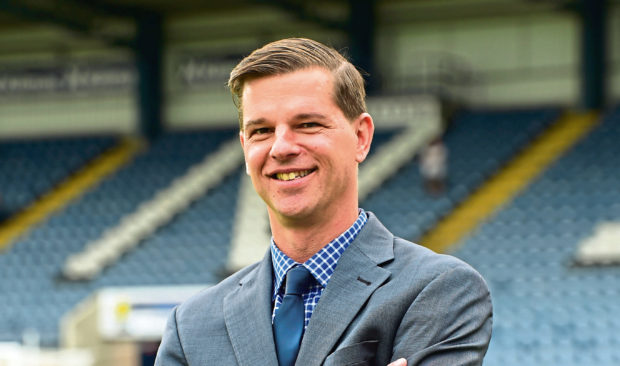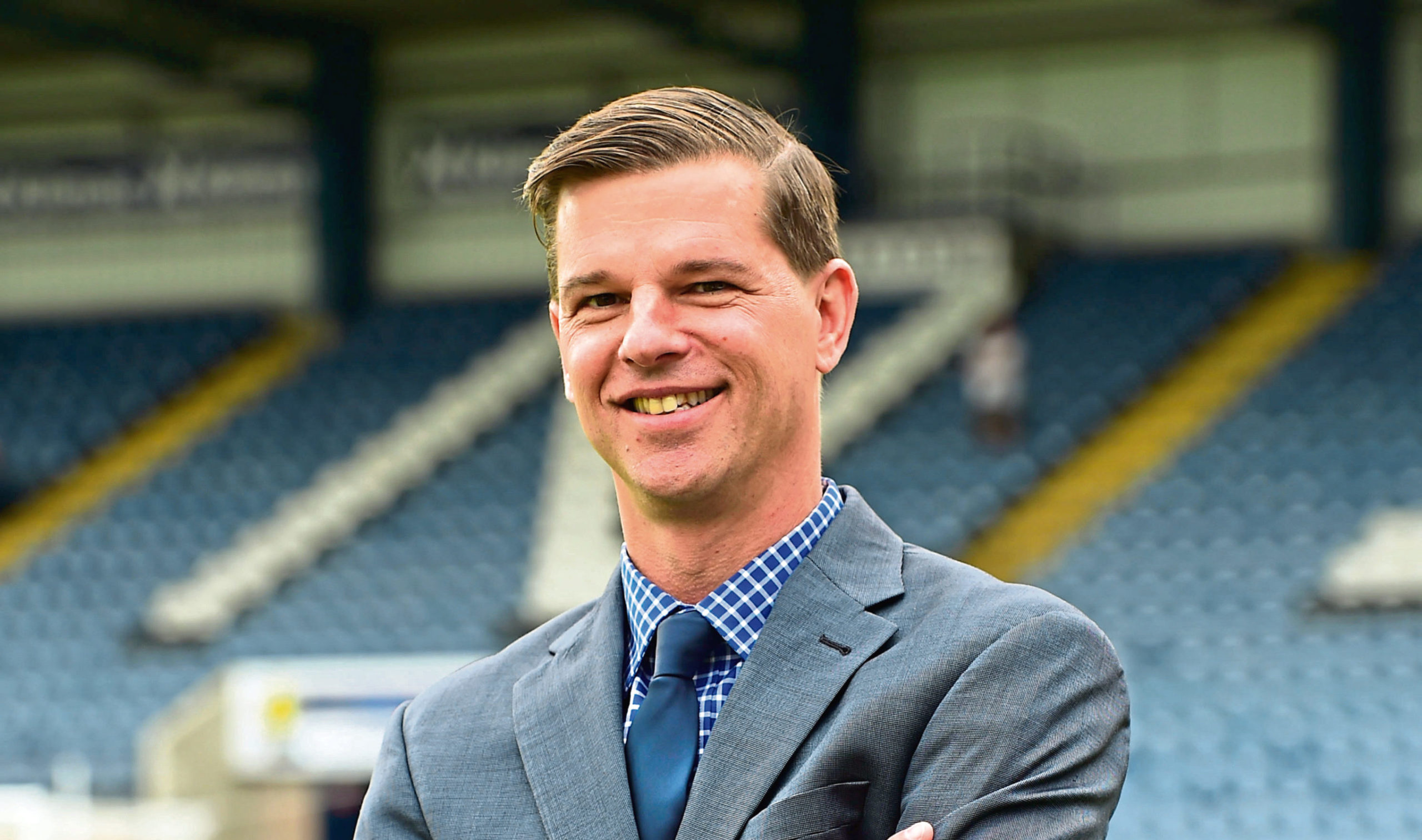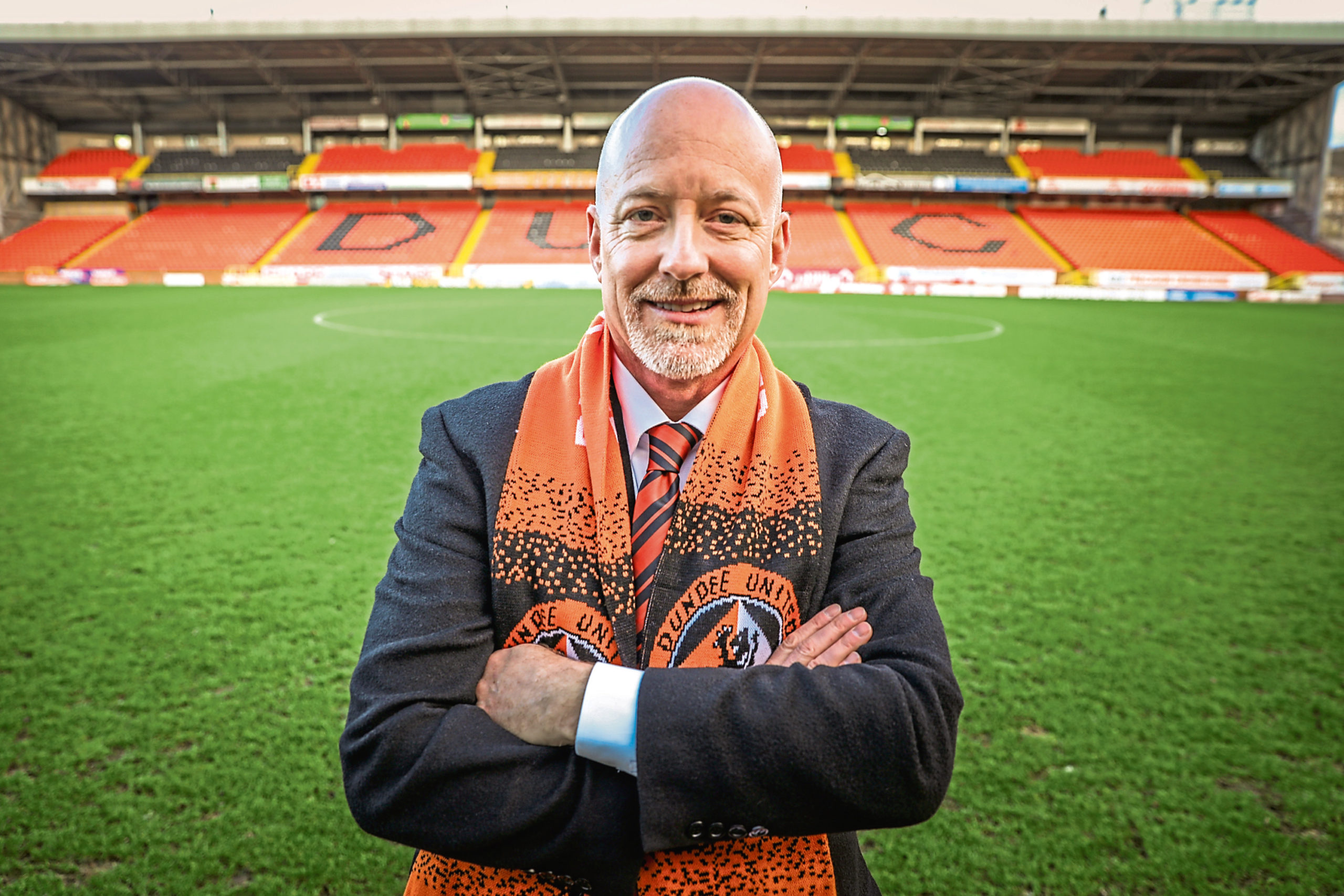The latest outbreak of merger fever in Dundee was no more than another in a long list of false alarms among the city’s football public.
It’s not unlike the hypochondriac who catches a cold and immediately thinks he’s gone down with pneumonia.
The revelation Dundee owner Tim Keyes wants to increase his shareholding to over 75% and remove the right of the club’s supporters’ society to veto any merger with neighbours United, had temperatures running high.
With another American, Mark Ogren, now in control at Tannadice, fans of both clubs had been examining the “symptoms” and reached the diagnosis that a coming together was desired.
That shows the accusation the media never let the facts get in the way of a good story can also, sometimes, be levelled at supporters.
All along a forensic examination of the timeline of those symptoms strongly suggested this had everything to do with Keyes wanting to be able to build his new stadium at Camperdown without having to get the go-ahead from the fans’ group.
Moving away from Dens is another on the list of protected items they can block and, if Keyes is going to spend millions on “Nou Campie”, it’s not stretching the imagination to see why he might not want to need permission from a group that won’t be asked to inject a penny.
More significant is the fact Dundee first raised the matter months ago – before Ogren was on the scene at United. Even though this was a case of putting two and two together and getting five, it shows, despite merger being mooted and quickly dismissed on numerous occasions down the decades, it remains a worrying subject for the fans.
And while those further afield may see a lot of sense in a one-club city, for those punters who actually turn up at Dens and Tannadice, it is the nightmare scenario. They’ll take hard times like financial crisis and relegation and stick with their team but what they’d never do is watch a merged team.
That alone is why such a move is too dangerous. The clubs should always take the “nos” of the fans who go to games over the “I woulds” of potential new customers of a ‘Dundee City’.
There is every chance a build-it-and-they-will-come merger would leave us with a club only slightly bigger than the two that exist.
That wouldn’t just be bad for the city but Scottish football and it makes it surprising that, when the topic is raised, no one at the top of the game has come out against it.
While sporting performance is rightly the normal criteria for the make-up of our top division, if ever it was to be done on size of club, Dundee and United would be in there – and comfortably so.
If Premiership membership was decided on that second basis the top 12 would be something like Celtic, Rangers, Aberdeen, Hearts, Hibs, Dundee United, Dundee, Motherwell, Kilmarnock, St Johnstone, Falkirk and St Mirren.
The likes of Morton, Dunfermline and Inverness may argue they should be in there but it would be on the basis they have more potential than the names at the end of that list.
When it comes to core support, the first seven clubs listed are untouchable. If Glasgow giants Rangers or Celtic, on their own, are bigger than the rest put together, those from the country’s three other major cities are also well ahead of the others below them.
To reiterate, in all but exceptional circumstances, results should determine who’s in the top league, so it’s up to the likes of United to get back there by winning matches.
But when the Tangerines and the Dark Blues are in the top flight, Scottish football is the better for it.
That will always be the case.


